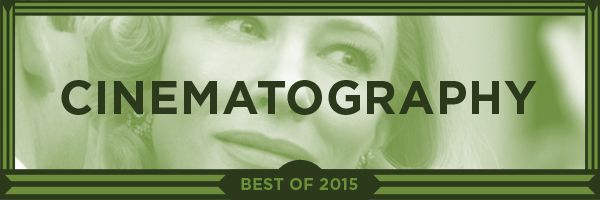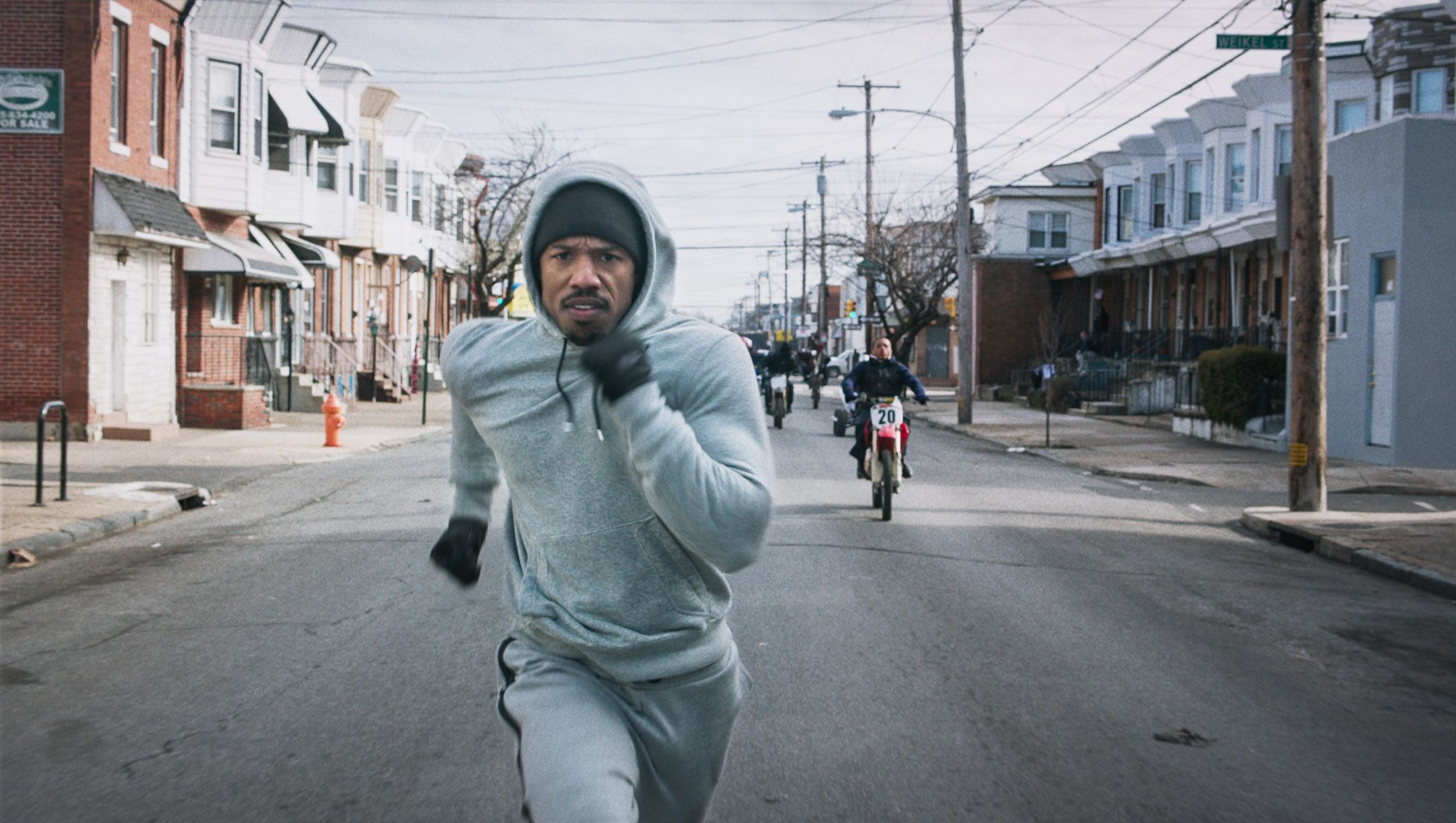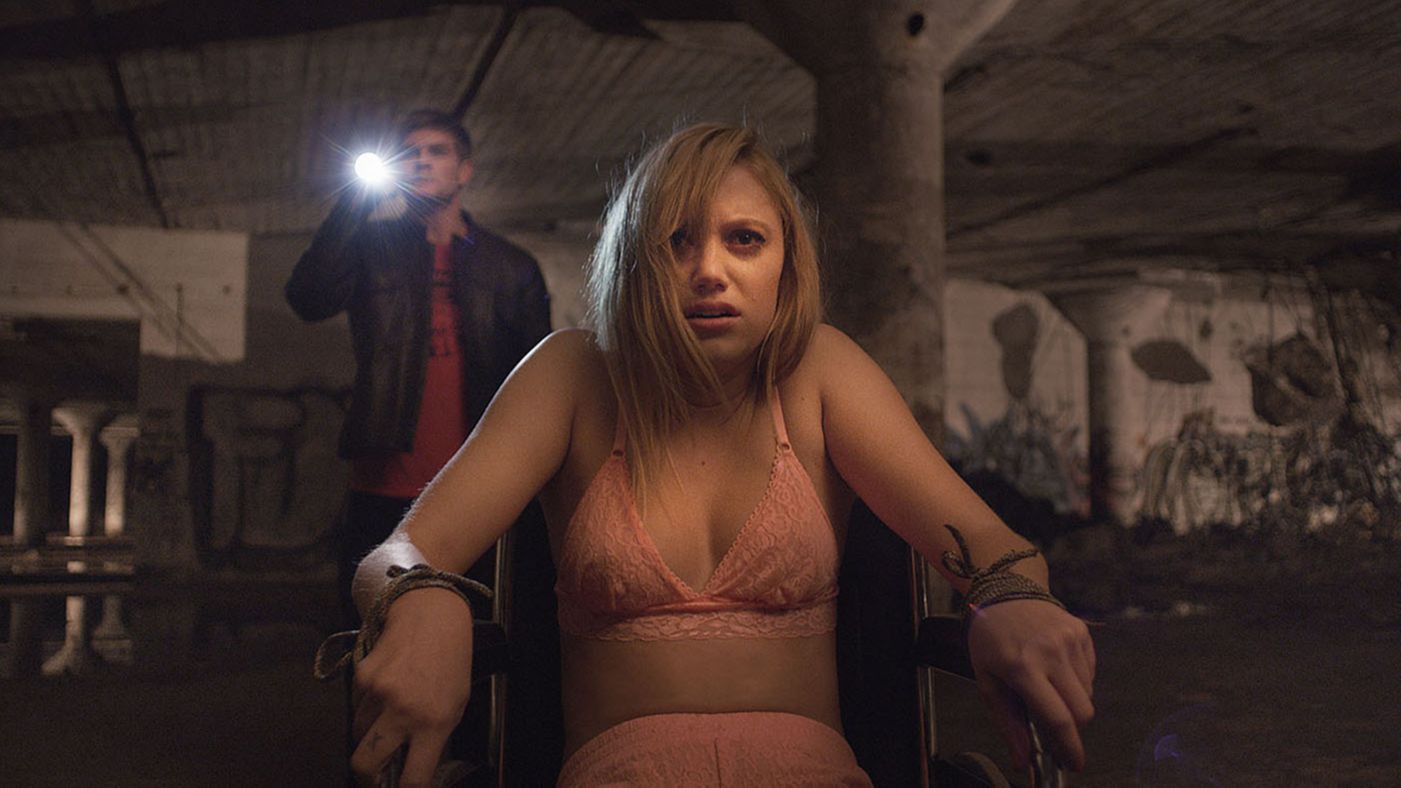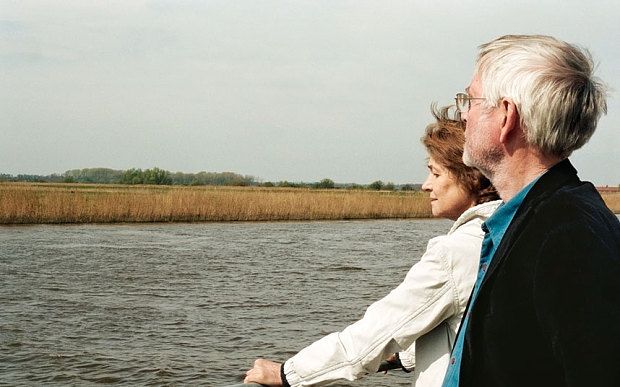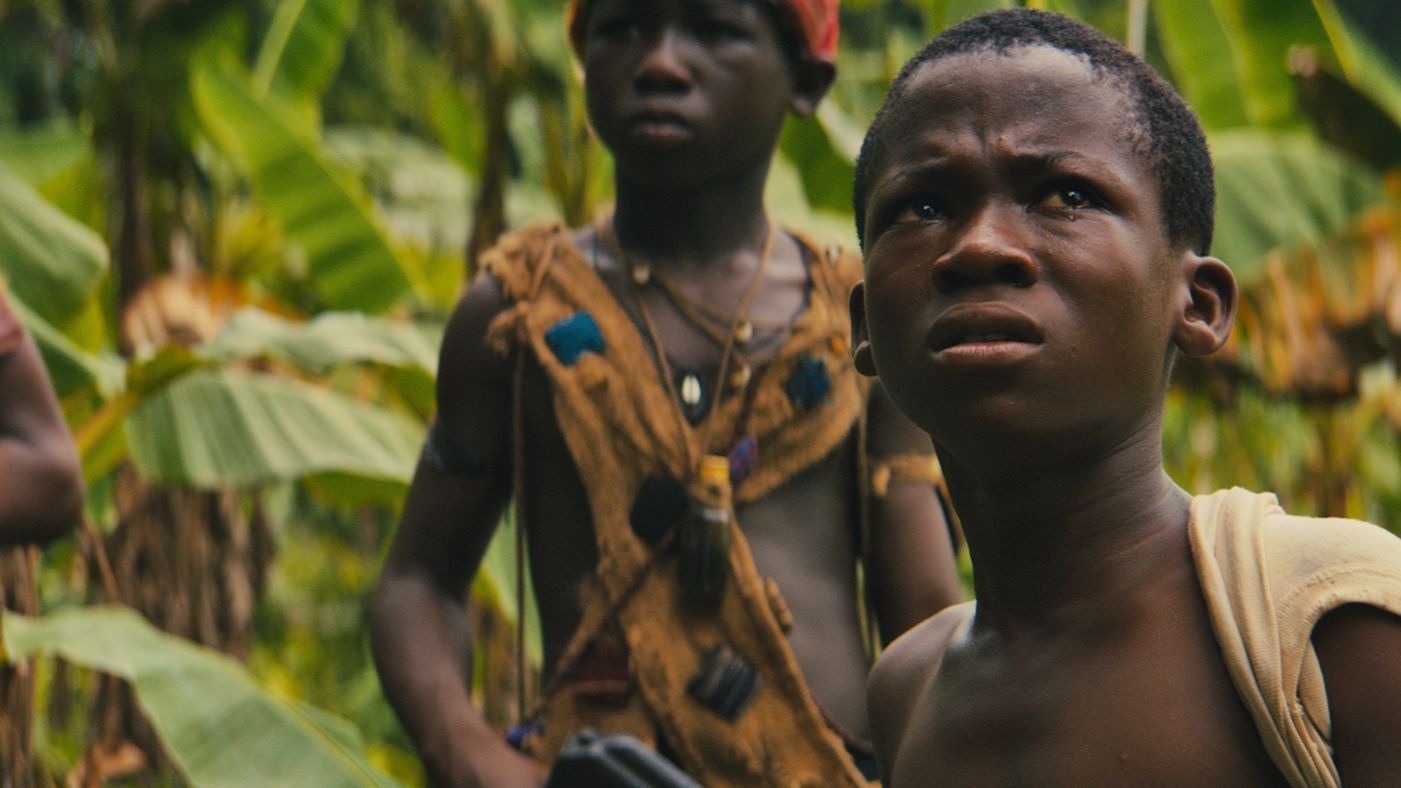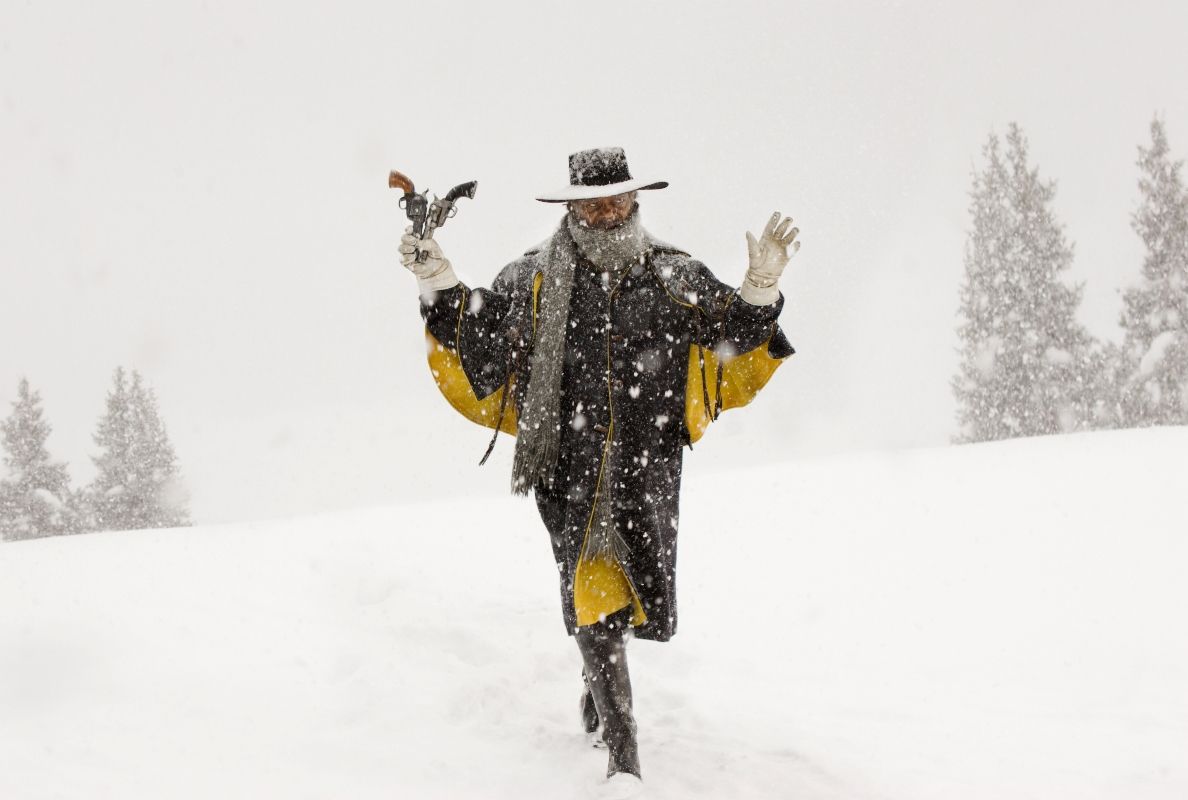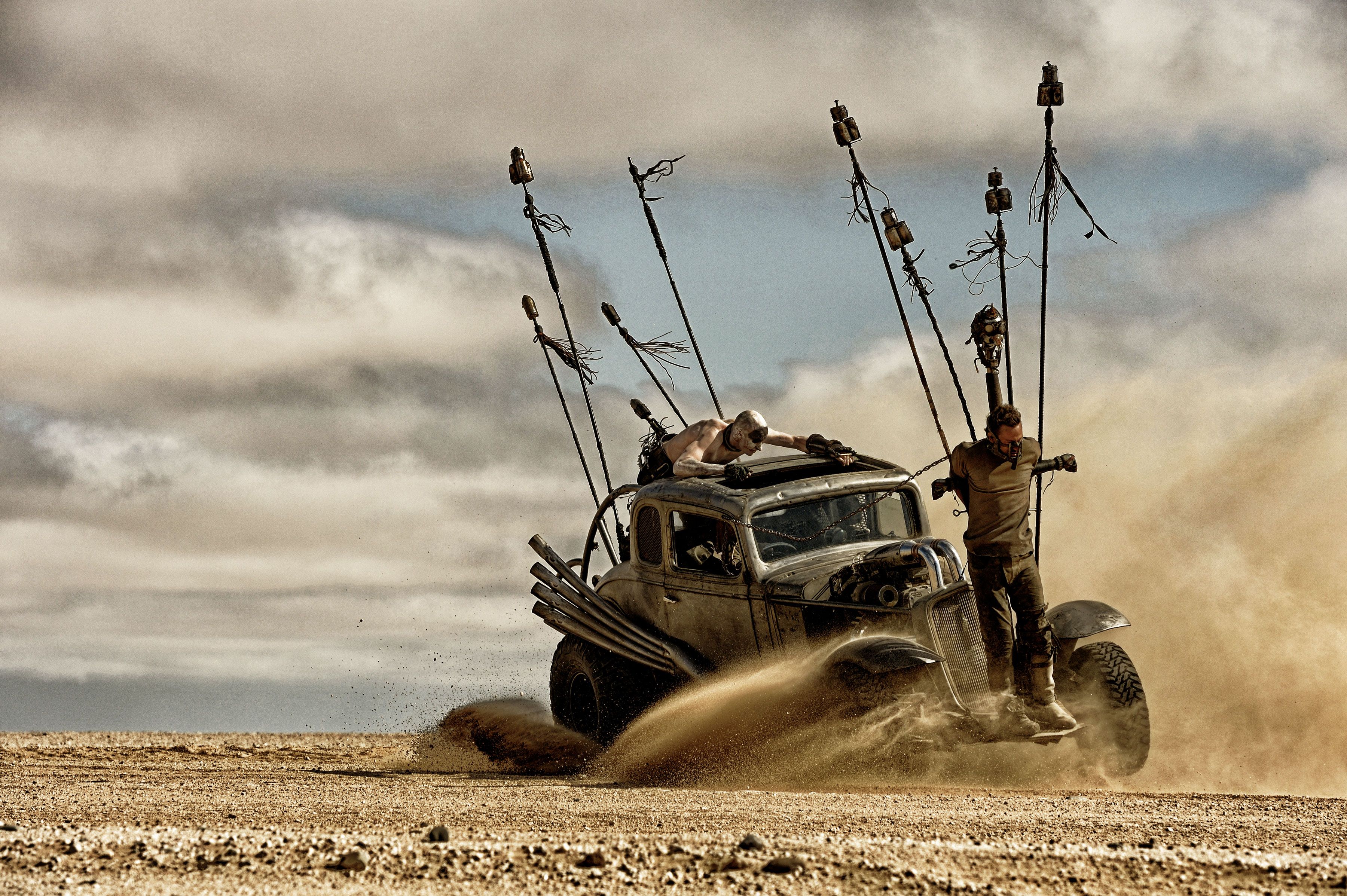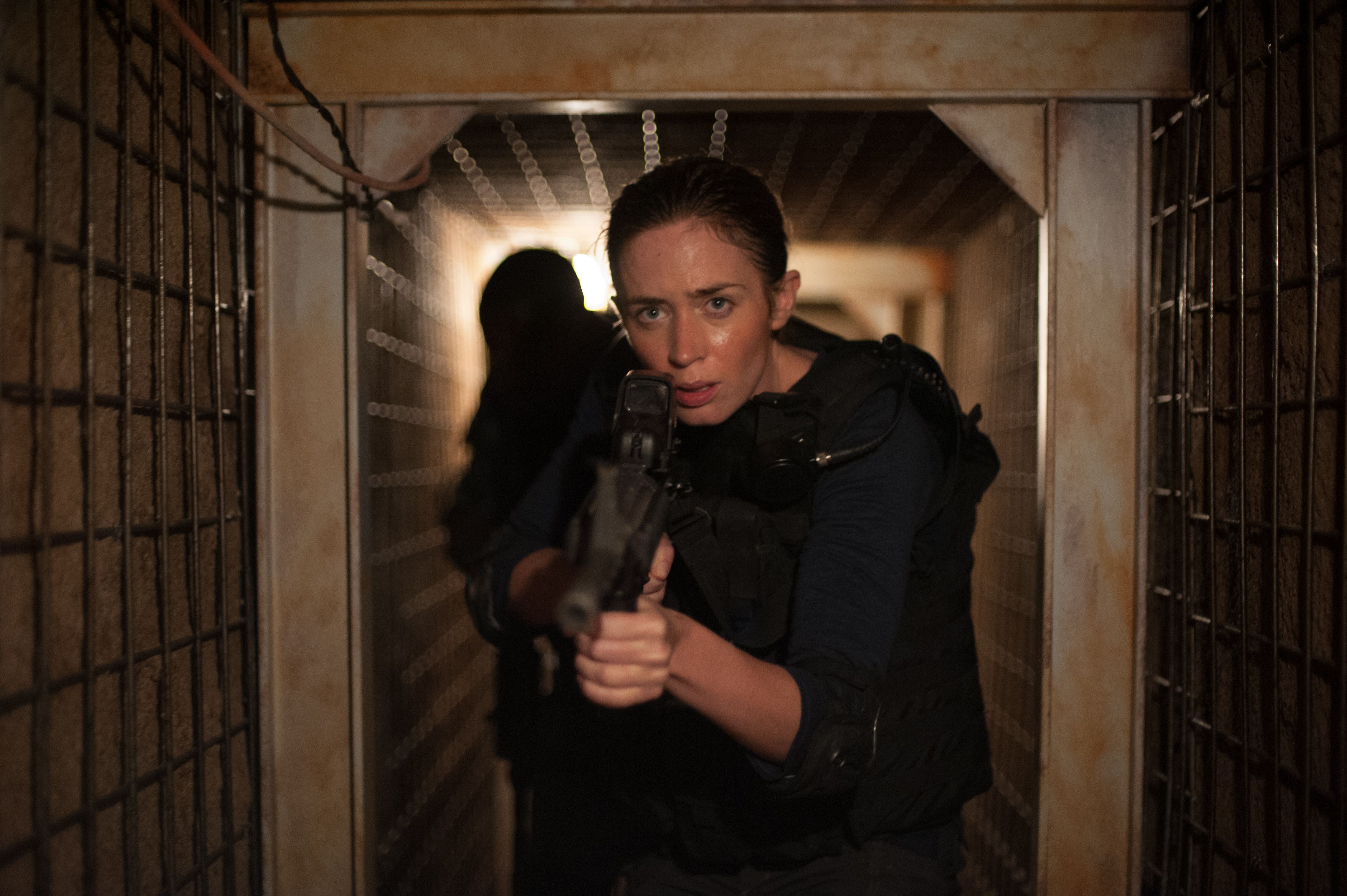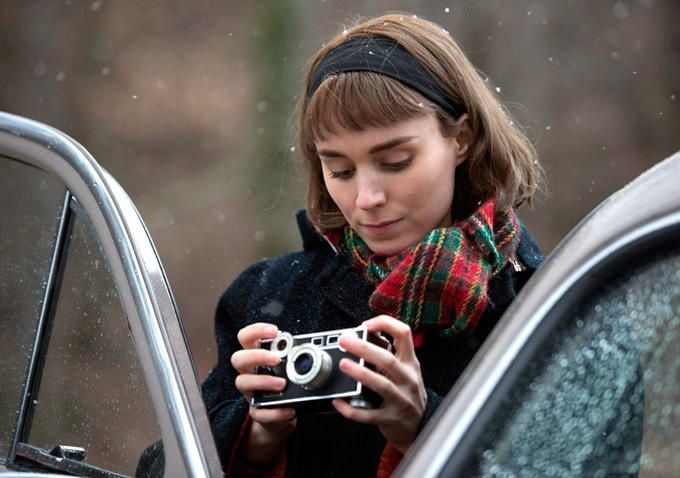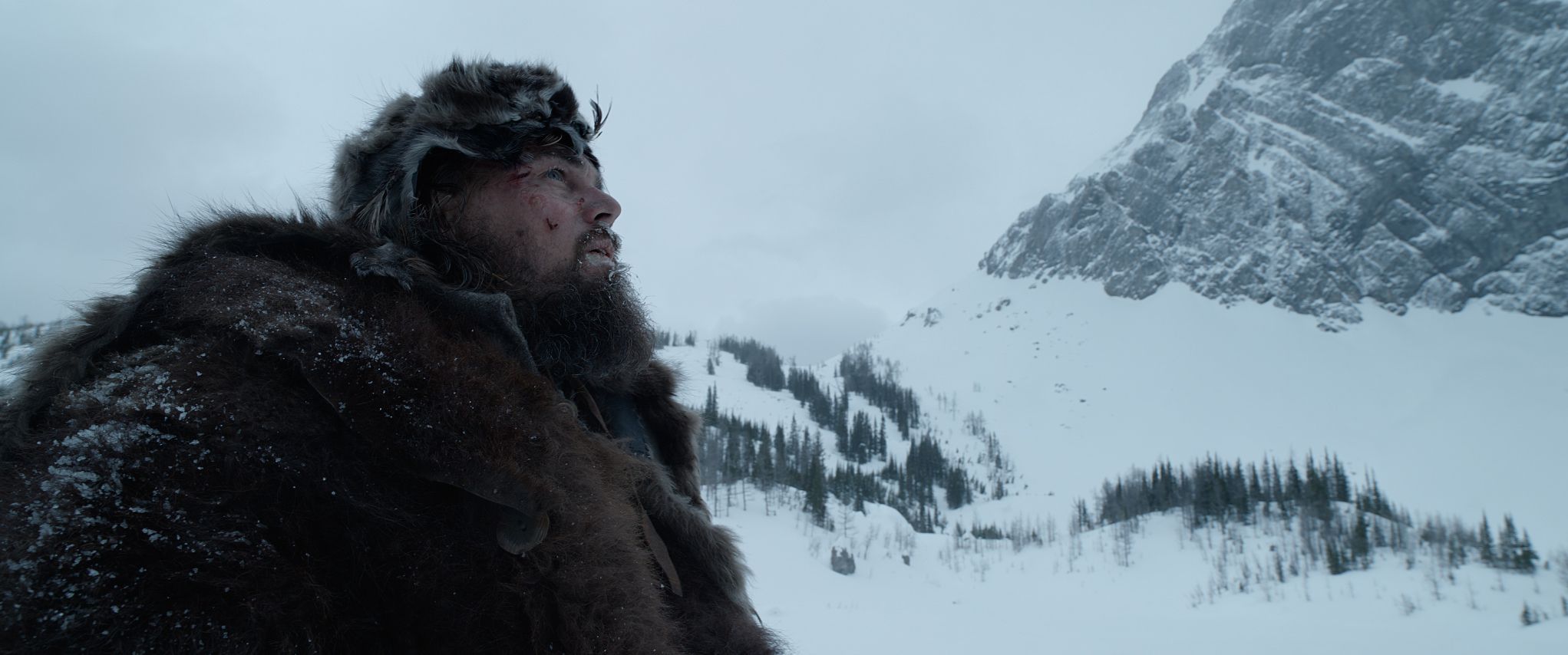Cinematography is an aspect of filmmaking that often goes overlooked and undervalued. Sure folks can spot pretty pictures, but the job of a director of photography is much more than making things look good. It involves camera placement, lighting, camera moves, framing—and the best cinematographers know that to maintain the artistic integrity of the film itself, all of these should be motivated by character or story. It’s an incredibly complex job and is an artform all its own.
So with any number of superlatives being thrown out at year’s end, I wanted to highlight the very best cinematography from 2015. It wasn’t easy—there were plenty of great examples to choose from, and the diversity of content was at once refreshing and daunting. But I’ve selected what I see as the best cinematography of the year, so without further ado, let’s get into it.
10. Creed
Female cinematographers are incredibly—and frustratingly—rare in the industry, but for Fruitvale Station filmmaker Ryan Coogler’s testosterone-heavy Rocky spinoff Creed, he continued his trend of choosing female directors of photography with Maryse Alberti to excellent results. She captures the vitality and intensity of Michael B. Jordan’s titular character without it ever becoming overbearing, and she and Coogler craft some spectacular fight sequences, with Creed’s first fight captured in one stunning long take. Alberti’s eye brings an intimacy and character-centricity to the proceedings that perfectly compliments Coogler’s script, which similarly puts the film’s focus on character over trying to emulate prior Rocky films or offer something familiar in the way of sports dramas. It’s refreshing, it’s exciting, and it’s one of the best-shot films of the year.
9. It Follows
It’s tough to bring something new to the horror genre—it’s so ubiquitous and yet specific that it feels like everything’s been done. But David Robert Mitchell put together something different and seriously terrifying with It Follows, and one of the keys to the film’s effectiveness is Mike Gioulakis’ evocative cinematography. Visually, Gioulakis had to capture the sense of dread and tension that permeates the film, sometimes without the titular “it” being visible to audiences. But he does a tremendous job of showcasing the horrifying stranger whether it appears in the frame or not, and his use of space reinforces the isolation of Maika Monroe’s lead character. The result is some truly chilling imagery that we’re not likely to forget anytime soon.
8. Tangerine
What’s remarkable about Tangerine’s cinematography isn’t that it was shot on an iPhone 5, it’s that the iPhone was used for a specific purpose, and it serves the story of Sean Baker’s screwball comedy wonderfully. This Christmas Eve-set indie revolving around a pair of transgender prostitutes roaming the streets of Hollywood is a riotously good time, and Baker and Radium Cheung’s cinematography—buoyed by an excellent soundtrack—adds to the verve of the film’s pulse, flying around our characters as they walk the streets of Hollywood and securing quick angles that wouldn’t have been possible with traditional cameras—at least not on this budget. Tangerine is the difference between a gimmick and art.
7. 45 Years
If the script is solid, an intimate character drama consisting of just two characters can be some incredibly compelling stuff. But to keep the story from feeling monotonous in a visual medium, a strong and specific graphic approach is a necessity. Filmmaker Andrew Haigh understood this quite well when it came to his relationship drama 45 Years, which tells the story of a long-held secret that uncovers old wounds in a decades-long marriage. It’s one of the most emotionally stirring films of the year, featuring a pair of brilliant performances by Charlotte Rampling and Tom Courtenay, but the film’s secret weapon is cinematographer Lol Crawley. He paints the visual palette with the abject loneliness that Rampling’s character feels over the course of the film, capturing some stunning British landscapes that dwarf the characters within. While the focus of the movie is on the relationship at its core, Crawley’s cinematography almost imperceptibly reinforces every emotional beat that occurs, making the film’s impact that much more devastating. Speaking of which, 45 Years features one of the most haunting final shots in recent memory.
6. Beasts of No Nation
Acting as both director and cinematographer, Cary Joji Fukunaga made the difficult production of Beasts of No Nation even tougher on himself by pulling double duty behind the scenes, but the results are spectacular. If you thought the long-take in True Detective was impressive, Fukunaga’s use of the long-take in two key sequences here are absolutely breathtaking. Most importantly, they’re not done to show off. They both serve to put the viewer in young child soldier Agu’s (Abraham Attah) shoes to devastating results, as we witness one of Agu’s first brutal killings firsthand. We not only see what Agu sees, we feel what he feels as Fukunaga drains the picture of color for the first of these sequences, mimicking the dizzying numbness felt by our lead character. And that’s just a couple of standout scenes—the cinematography throughout the film hums with a visceral quality that delivers the emotional punches with a wallop, resulting in one of the most brutal yet darkly beautiful films of the year.
5. The Hateful Eight
It seemed an odd choice for Quentin Tarantino to shoot his most contained movie since Reservoir Dogs on 65mm using Ultra Panavision 70, but it turns out The Hateful Eight benefits wildly from the wider frame. The film’s opening snow-covered chapter is indeed a more traditional showcase for the ultra-wide frame, but once the characters converge at Minnie’s Haberdashery, it becomes more about seeing all the various players at once than showing off a gorgeous landscape. The Clue-like nature of the mystery is served by allowing the audiences to catch a glimpse of various characters in the back of the frame, and viewers are no doubt rewarded on repeat viewings by focusing their eye on someone other than the character in the middle of the frame. Moreover, cinematographer Robert Richardson’s use of close-up in glorious 70mm adds yet another layer of sinister intimacy to the proceedings, which explode into a foundation of blood and violence in the third act.
4. Mad Max: Fury Road
Mad Max: Fury Road is the insane, masterful vision of a singular filmmaker, George Miller, and so it makes sense that Miller had to pull legendary cinematographer John Seale out of retirement to find the right person to pull off this visual feast. The result is unlike any other film we’ve seen before, as the frenetic nature of the story is further reinforced by Seale’s bombastic, kinetic camerawork. Plenty of post-production tweaking went into creating the image we have in the final film, and indeed Miller’s quick editing and dropping of frames makes the images that much more exciting, but none of it would be possible without Seale’s devotion to Miller’s vision in crafting each and every frame with specificity and verve. To Valhalla!
3. Sicario
It’s a downright crime that Roger Deakins has yet to win an Oscar. He is, bar none, one of the greatest directors of photography who’s ever lived, and he not only continues to churn out incredible work film after film, but he keeps finding new ways of telling stories. Skyfall is as different from The Assassination of Jesse James by the Coward Robert Ford as O Brother, Where Art Thou? is from True Grit, and yet there’s something about each of these films that tells you instantly Deakins was behind the camera. And with Sicario, Deakins’ second collaboration with director Denis Villeneuve after Prisoners, the cinematographer brings his unique eye to a thematically rich, unbelievably intense thriller. The third act raid sequence alone—in which the frame goes from evening to dusk to total darkness while maintaining a haunting beauty—would be a hallmark sequence for any other cinematographer, and yet for Deakins it’s simply the next in a series of masterful efforts. His use of thermal imaging and nightvision is stunning, but it’s the cold, calculating, and unnerving handle he has on every frame that makes Sicario something truly special.
2. Carol
If you need an argument for why shooting on film should remain an option for filmmakers, look no further than Carol. Cinematographer Edward Lachman’s lush 16mm photography mirrors the beauty at the heart of this 1950s-set love story, with the rich texture of the image nearly dripping off the screen. Of course it helps when you have gorgeous faces like Cate Blanchett and Rooney Mara in front of the camera, but the tactile nature of the images Lachman and director Todd Haynes conjure here is positively stunning, and it’s all in service of further conveying the romance and attraction at the center of the picture. When someone says, “But digital looks just as good as film, if not better” succinctly show them as Carol your checkmate move.
1. The Revenant
Referring to a film’s cinematography as “gorgeous” is reductive and missing half the point of a cinematographer’s job, but when it comes to Emmanuel Lubezki it’s impossible not to use the word. It really shouldn’t come as a surprise that his work on The Revenant is breathtaking, but boy is this a thing to behold. The director of photography behind Gravity, The Tree of Life, and Children of Men reteams with his Birdman director Alejandro G. Iñárritu for something arguably more impressive than constructing an entire film as a single take, as The Revenant immerses the viewer into the harshness of the natural world. Beauty encroaches every frame, with the ruthlessness of the environment reinforcing the idea that something so stunning can also be deadly. Lubezki nails a number of lengthy takes here, with the bear attack sequence certainly serving as a showstopping standout, but the entire film is awe-inspiring in its construction. It’s safe to go ahead and engrave that Oscar trophy now—Lubezki’s about to pull a hat trick, and deservedly so.
Honorable Mentions: Bridge of Spies, Brooklyn, Macbeth, Steve Jobs
For much more of Collider's Best of 2015 coverage, click here.

